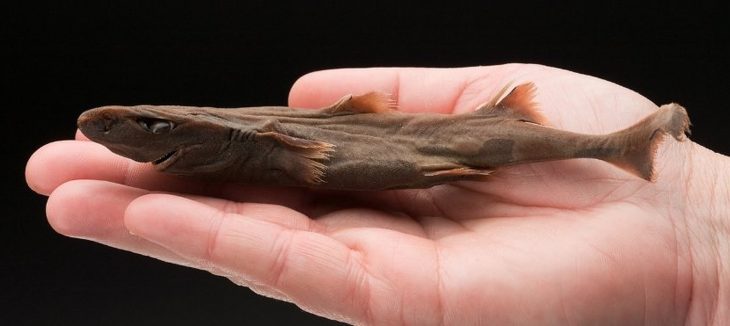
When people hear the word shark, it’s usually the most famous, or infamous, ones that come to mind. These include the Great White Shark, the Speartooth Shark, or even the Tiger Shark. But sharks come in so many shapes and sizes, which isn’t really a surprise, considering how old they are. In fact, they’re even older than the dinosaurs, and have survived what the dinosaurs couldn’t. So let us tell you about these humble animals, with these 30 Dwarf Lantern Shark facts.
- Dwarf lantern sharks usually only grow up to a maximum of 20 cm long.
- The biggest of their kind ever discovered managed to grow up to 21 cm long.
- Their weight barely reaches 900 grams.
- Their heads make up a fifth of their whole bodies.
- They have up to 32 teeth on their upper jaws, and up to 34 teeth on their lower jaws.
- Ichthyologists Steward Springer and George Burgess first discovered the dwarf lantern shark in 1964.
- They caught their first specimen of the species while doing research on the science ship Oregon.
- The said specimen measured an estimated 18 cm long.
- The Oregon caught said specimen while operating in the Caribbean Sea off the Colombian coast.
- They gave it the scientific name of Etmopterus perryi after biologist Perry Gilbert.
- However, they only published their studies on the species in 1985.
- Dwarf lantern sharks feed on a diet composed mainly of krill, shrimp, and zooplankton.
- Scientists estimate their lifespan at between 20 and 30 years.
- Most specimens today get caught as bycatch by commercial fishing boats.
- Other specimens also get caught completely by accident by deep-sea fishermen.
- Most scientists agree that the dwarf lantern shark counts as the smallest shark in the world.
- Females of the species tend to grow larger than males.
- The species falls under the family Etmopteridae in the order of Squaliformes.
- They also fall under the class Chondrichthyes and phylum Chordata of the Animal Kingdom.
- The species has no economic value.
Was this page helpful?
Our commitment to delivering trustworthy and engaging content is at the heart of what we do. Each fact on our site is contributed by real users like you, bringing a wealth of diverse insights and information. To ensure the highest standards of accuracy and reliability, our dedicated editors meticulously review each submission. This process guarantees that the facts we share are not only fascinating but also credible. Trust in our commitment to quality and authenticity as you explore and learn with us.


